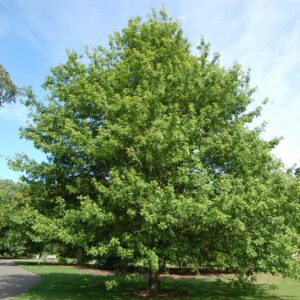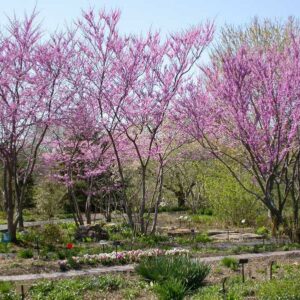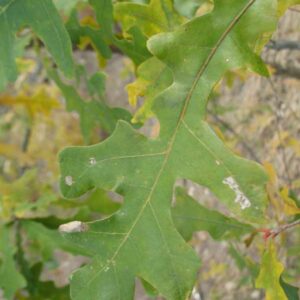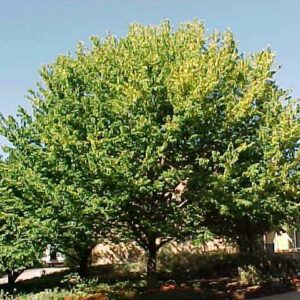Description
Type: Deciduous tree
Family: Juglandaceae
Height: 75-100 feet
Spread: 75-100 feet
Native Range: Eastern US, statewide in Missouri
Ideal Site Requirements:
Soil: organically rich, well-drained soils
Water: medium
Sunlight needs: full sun
Tolerates: drought tolerant but intolerant of shade
Landscape use: Large tree for large landscapes, inappropriate for street tree use
Brief Description: Large tree with oval to rounded crown, mature trees often have few low branches. Bark is distinctly fissured, and ridged in diamond patterns. Produces edible but hard to extract nuts.
Possible Problems: No serious insect or disease problems. Potential diseases include anthracnose, bacterial blight, root rot, canker, leaf spot and shoot dieback. Watch for aphids, fall webworm and a variety of foliage chewing caterpillars. Black walnut roots produce chemicals called juglones which are very toxic to certain other plants such as azaleas, rhododendrons, blueberries, peonies and solanaceous crops (tomatoes, peppers, potatoes). Most of the toxicity is limited to within the drip line of the tree. Nuts can be quite messy in fall. Husks can stain clothing and sidewalks.
Stand out Features: Walnuts are inappropriate for many sites and prevent the growth on many others plants within their drip lines.
Read more here.





